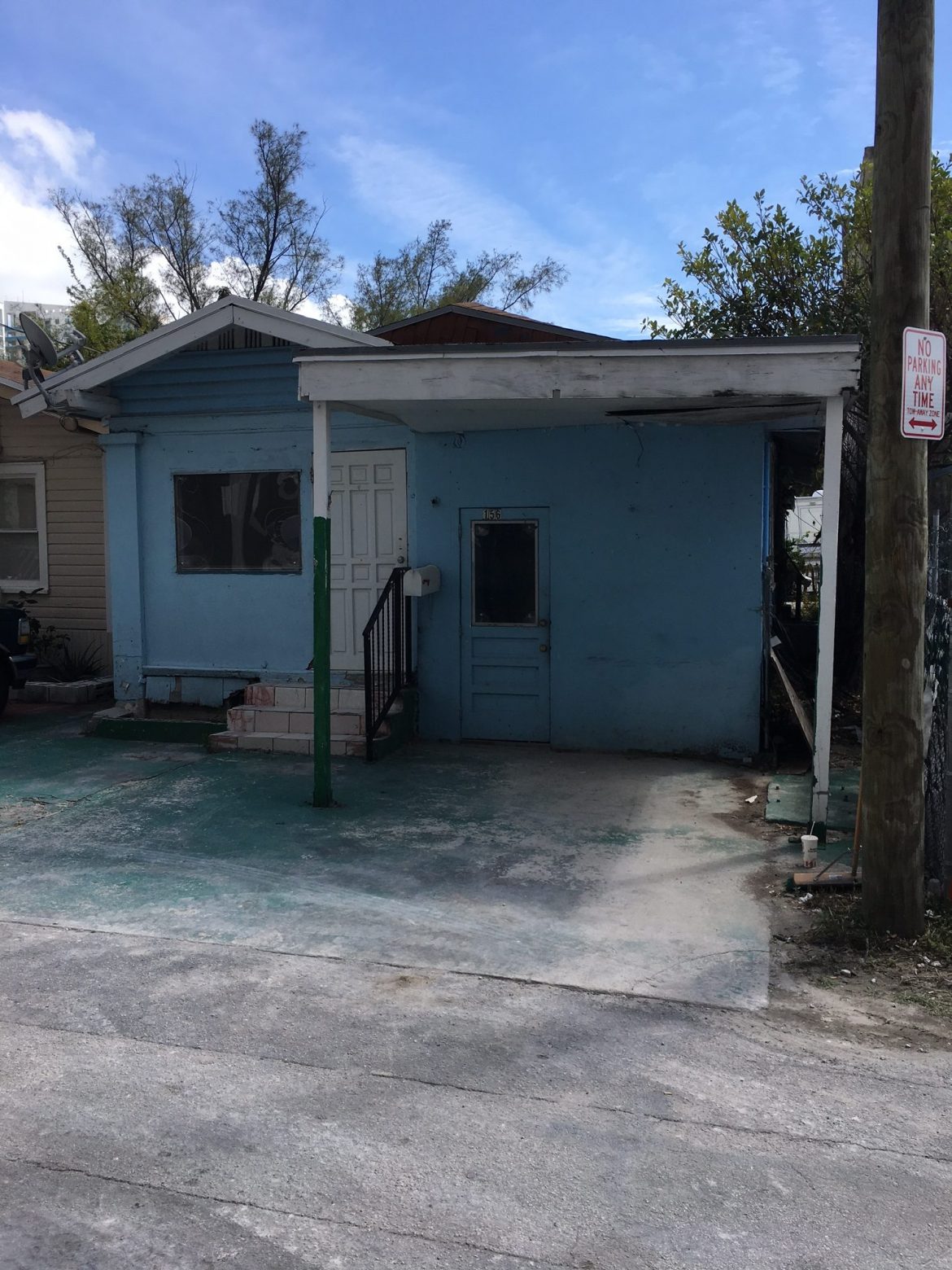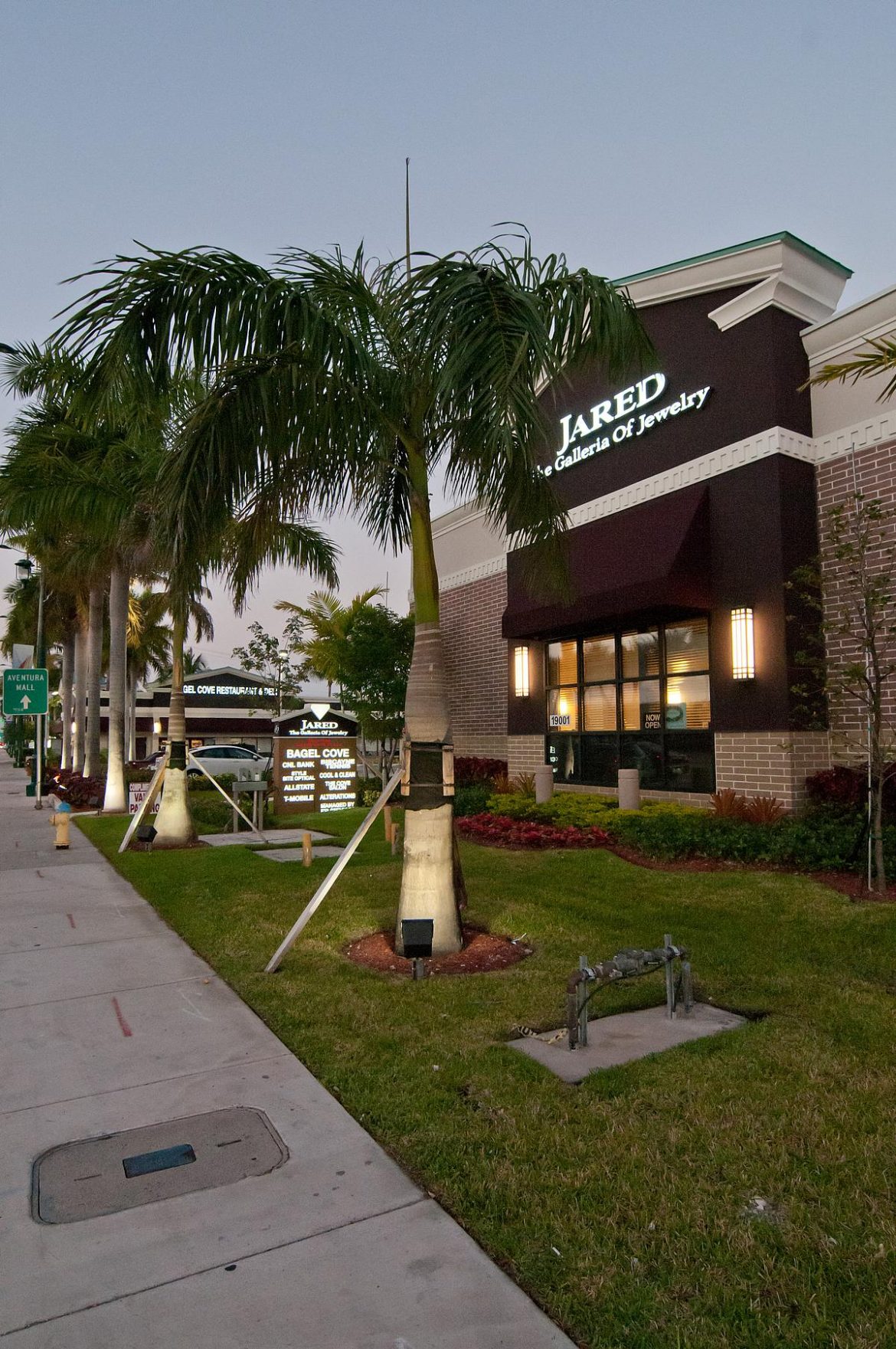A plan to complete a skyscraper in the heart of downtown – begun 14 years ago – has evolved again, this time destined to bring more than 250,000 square feet of office space to the City of Miami.
The latest proposal is called Miami Station and is planned for 530 NW First Court.
The mixed-use project is to be considered Feb. 17 by the city’s Urban Development Review Board.
PRH Miami Central LLC is the owner-developer of the property at the southwest corner of Northwest First Court and Northwest Sixth Street, where a mass of concrete and rebar – the ghost foundation of a tower never completed – has sat since 2006.
The property is across the street from the new 3 MiamiCentral development.
An earlier owner had a plan for a tower on the site approved under the city’s former zoning code before the enactment of Miami 21.
In 2019, a new owner proposed a project called Krystal II. The plan included a 32-story tower with 154 residential units, about 79,180 square feet of offices and 4,400 square feet of commercial use on the ground floor. Parking in the pedestal was designed for 251 vehicles.
That proposal was recommended for approval by the review board.
The latest proposal adds nearly 10 floors and more than doubles the parking spaces.
Miami Station is designed at 41 stories or 458 feet, with 309 residential units, 256,223 square feet of office space, 9,647 square feet of commercial-retail, and parking for about 525 vehicles.
The office space would take up 12 floors.
Miami 21 requires open space of 4,500 square feet on this property, however the new plan shows 10,931 square feet of open space.
Brian A. Dombrowski, an attorney representing the developer, wrote a letter to the city stating: “The Project seeks to redevelop the Property by activating the pedestrian realm and providing a mixed use structure … The Project is proposed as an urban center project providing for a variety of uses.
“The Project accomplishes being a traffic node due to its close proximity to the Overtown Transit Village Metro Rail Station, and being located within a City designated TOD (Transit Oriented Development). Various Metro Mover Stations are also located in close proximity. The Metro Mover/Rail Stations are located one block from the Property. The Property is also located one block from the (MiamiCentral Station and) Brightline Station. The Property is well served by bus and trolley routes as well,” he wrote.
The property consists of a total lot area of 45,007 square feet or 1.033 acres.
While the Krystal II proposal included building onto the 2006 foundation – the start of a parking podium – this latest proposal will remove the structure and start from scratch, according to Mr. Dombrowski.
“The property currently consists of an unfinished parking structure which is to be demolished and vacant land,” he wrote.
He added: “The proposed Project will line the sidewalks with trees, providing shade and a greater pedestrian experience.”
Miami Station is designed by ODP Architecture & Design.
The developer is requesting several waivers, including:
- To permit up to a 10% increase in the maximum residential floor plate length. The project proposes a residential floorplate length of 189 feet where a maximum floorplate length of 180 feet is permitted.
- To decrease required parking by up to 30% within the half-mile radius of a Transit Oriented Development.
- To allow parking to extend into the second layer, above the first story, along the primary frontage.
- To allow vehicular entry spacing at less than 60 feet. Pursuant to meetings with the zoning administrator, Northwest Second Avenue has been designated as a principal frontage, requiring the loading access to be relocated to the Northwest First Court frontage. In order to consolidate the parking access and loading access, vehicular entrance separation of less than 60 feet is required. The access points have been located to the furthest south portion of the frontage in order to reduce any potential pedestrian conflict.
Source: Miami Today



